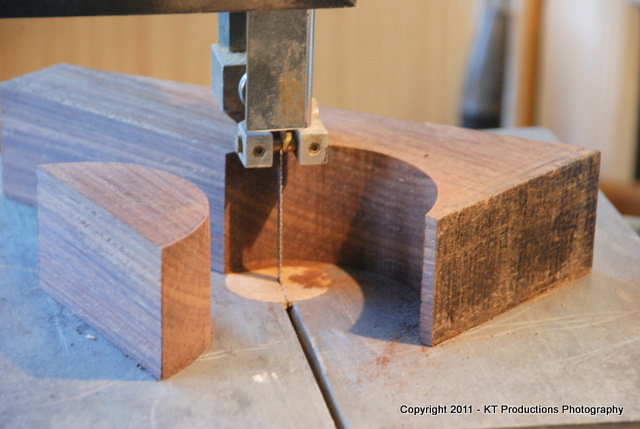Ives
Established Member
Just tried my new Tuffsaws blade and it cuts straight! But, after a few milimeters it makes a horrible loud squeak, so I've stopped. I've heard something about using beeswax on bandsaw blades but no idea how or why. Is this why? Should I wax the blade? I have no idea, just totally guessing but I'm sure you all know!
What I was trying to do is cut a maple chick shape down the length of it, to make 2 thinner chicks, and where it started to squeak it's just over 2 inches.
What I was trying to do is cut a maple chick shape down the length of it, to make 2 thinner chicks, and where it started to squeak it's just over 2 inches.



































